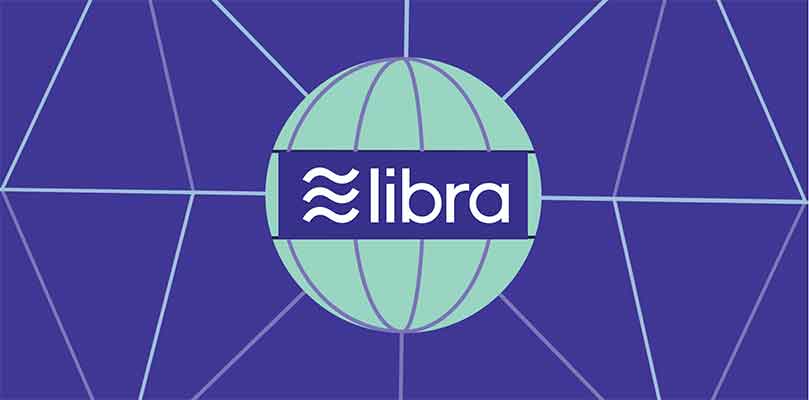Happy new year everyone! 2020 is finally here and all you crypto, gambling and technology enthusiasts are definitely on the lookout for some huge developments. Twelve months is, of course, a very long time and a lot could happen in that period especially considering how dynamic everything about those sectors can be. Still, it will be a very interesting journey.
The Rise of Crypto Gambling
Digital currency-based gambling did not kick off in 2019 but the year did see to a number of neat developments in that space. This was fueled by the increasing numbers of mobile and internet users. Moreover, the world seems to be finally warming up to digital currencies. Awareness about the technology is the highest it has ever been. That is the recipe for the growing number of crypto-based gambling platform providers.
While the gambling industry is known for toying with new and innovative technologies from time to time, they may have just hit the jackpot with crypto. Lots of people have begun to understand that crypto payments are secure and extremely fast which makes them great options for gamers. There are hundreds of digital currencies currently available and each of them offers something unique and different. That is just the start though.
Is It Mature Enough?
Gamblers already have access to a number of new crypto-based casinos and they are quite popular among players from all over the world. Now, this has been an eye-opener of sorts to other online gambling operators and they have begun to integrate digital currencies. In 2020, this trend should be even more prominent. Soon your favorite online casino will have a digital currency option for deposits and withdrawals. A few have already gotten on board with this trend.
Payments and banking aside, crypto-based technologies including the blockchain and smart contracts have also evolved tremendously. Most of the efforts in this regard were rather experimental or still in the nascent stages of their implementation. That said, a number of industry experts have confirmed that the technologies are mature enough to be rolled out on wider scales. In the past, the laxity was a little justified since gaming companies were not willing to overhaul their systems and replace it with experimental technology. Not anymore. The ones that hold out too long may even lose out in the long run.
The growth rate of crypto-based gambling solutions is very impressive, to say the least. Improvements will, of course, be necessary but that is a universal law of service delivery. We have already come far enough and there is still a long way to go.









